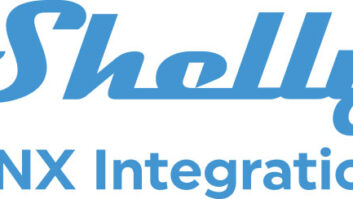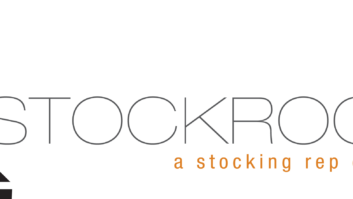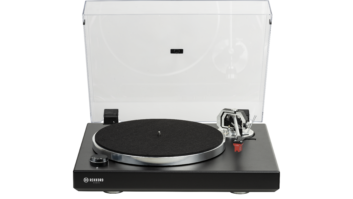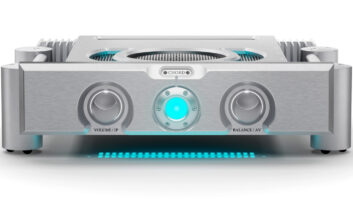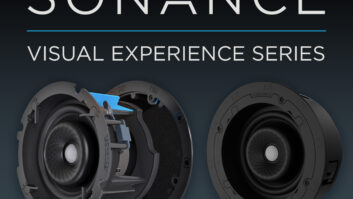Leveraging Your Competitive Advantages for Greater Success
Shortly after the publication of my last article in Residential Systems, I received a text from my beloved brother Dan. “Nice article Bro. Where’s the beef,” he wrote.

Mike “Sparky” Detmer ([email protected]) is vice president of sales and marketing for Niles Audio.
Well, I don’t know how you react to your older siblings’ criticisms, but I instinctively went on the offensive and telephoned Dan to set him straight. I thought that “Add Value or Stay Home” was spot on by encouraging custom installation companies to provide value in lieu of discounts. So I used my gruffest voice when I called Dan. “What do you mean where’s the beef,” I asked as he answered the phone.
“Just what I said,” Dan snapped back. “Anyone can tell dealers to frame the value that they add as a competitive advantage. But what Residential Systems readers want from you is to explain how it is done. Then after reminding me that he loves me, he hung up.
While I’ll never admit that it came from Dan’s prodding, I believe it is important to provide you with some examples of how to define and champion your competitive advantages.
1. Define your competitive advantages objectively.
Think about what Jaynie L. Smith is implying in her book, Creating Competitive Advantage, when she asks which of these two statements is more compelling: “We have great customer service” or “Ninety-five percent of our business comes from referrals.” It comes down to believability. A potential customer is not likely to be swayed by the first statement. It’s just too generic. Anyone can and everyone does say that they have great customer service. But the company that measures something that implies great customer service, like business that comes from referrals, and frames that attribute to potential customers is telling those customers they can count on the company above all others, thus defining a competitive advantage.

At Niles every employee carries a “Keys Card” that states the company’s mission, vision, values, and competitive advantage.
2. When framing your competitive advantages, state attributes of your company that imply your unique capability and quantify them.
These attributes can include your percentage of jobs completed on schedule, the number of installation staff with industry certification or licensing, industry ranking or third-party endorsements.
As an example, take a look at what David Young’s team at the Sound Room in Missouri posted on the home page of their web site: “Thousands of satisfied customers have enabled the Sound Room to grow steadily while collecting local and national awards of excellence, and gaining an unmatched reputation for integrity and service.” And to back it up, right next to that statement is a link to actual client reviews. Now that’s a competitive advantage!
3. Constantly and consistently communicate your competitive advantages.
My old boss used to say, “Market to your marketing,” meaning that once you have your message, adjust it to each specific audience you are communicating to. To best communicate your competitive advantages look at the spheres of influence in your communication circle, and tailor the message for each sphere accordingly. Work from the inside out. First within your company, make certain that all of your customer-facing employees are championing your advantages to everyone with whom they come in contact.
To help focus employees, some companies employ what is called an “elevator pitch” or a brief overview of what the company does and the value it provides. Other companies use printed statements on wallet cards that employees carry and share with customers. At Niles every employee carries what we refer to as our Keys Card, which is a wallet card that states our mission, vision, values, and competitive advantage.
Once your internal communication sphere is covered, make a list of your company’s communication vehicles: web page, advertisements (both print and radio), proposal sheets, press releases, signage, Facebook and Twitter posts, truck wraps, etc. Make sure that your competitive advantages are highlighted wherever and whenever you can. Don’t hesitate to contact a public relations agency to help. Many agencies will do work on a fee basis without retainer.

